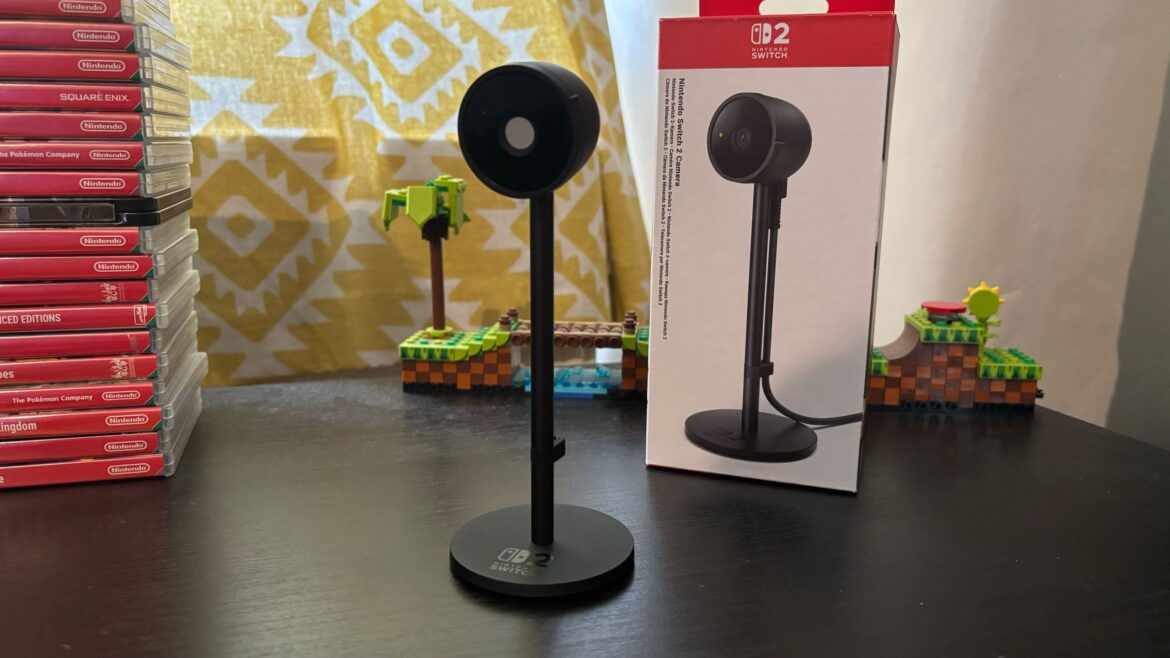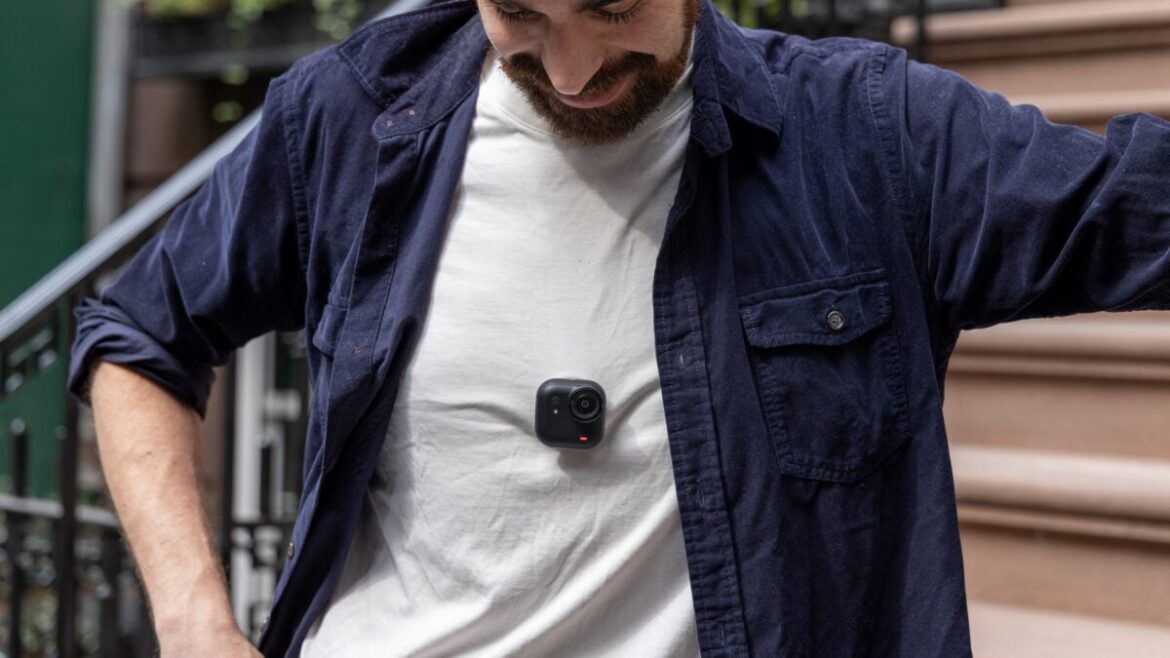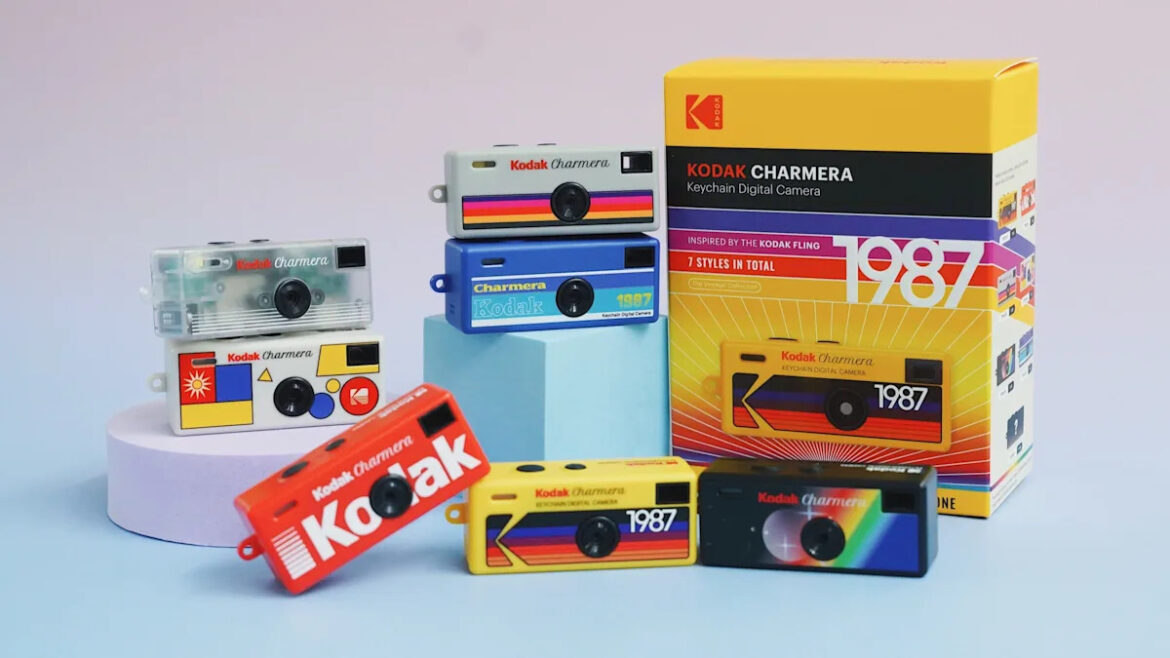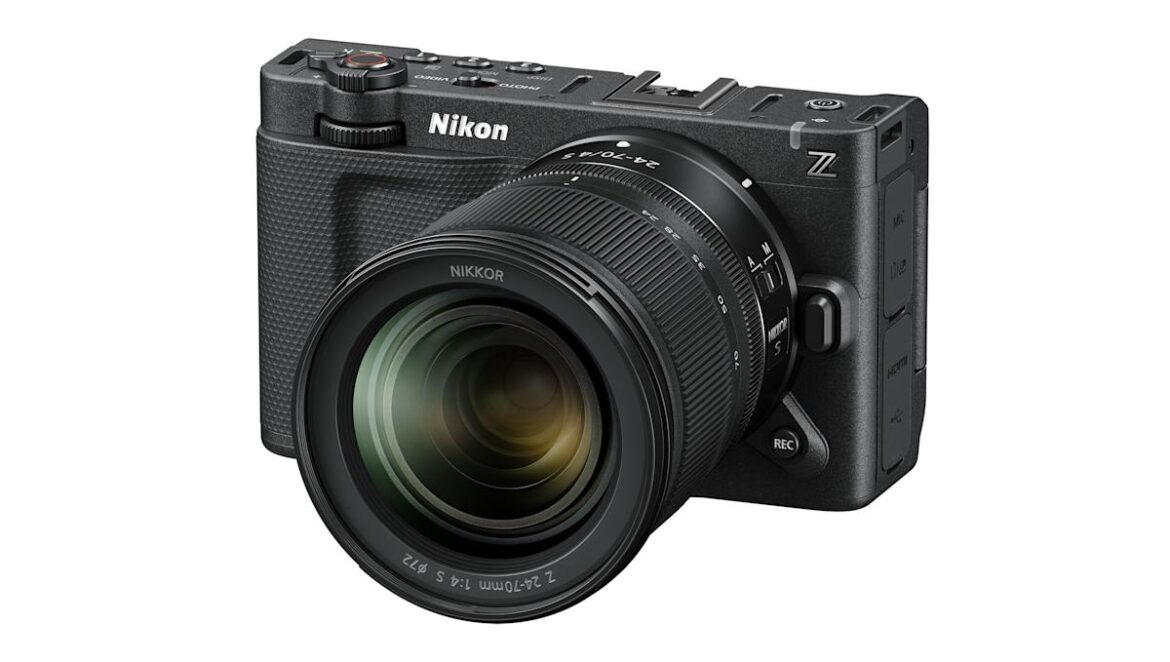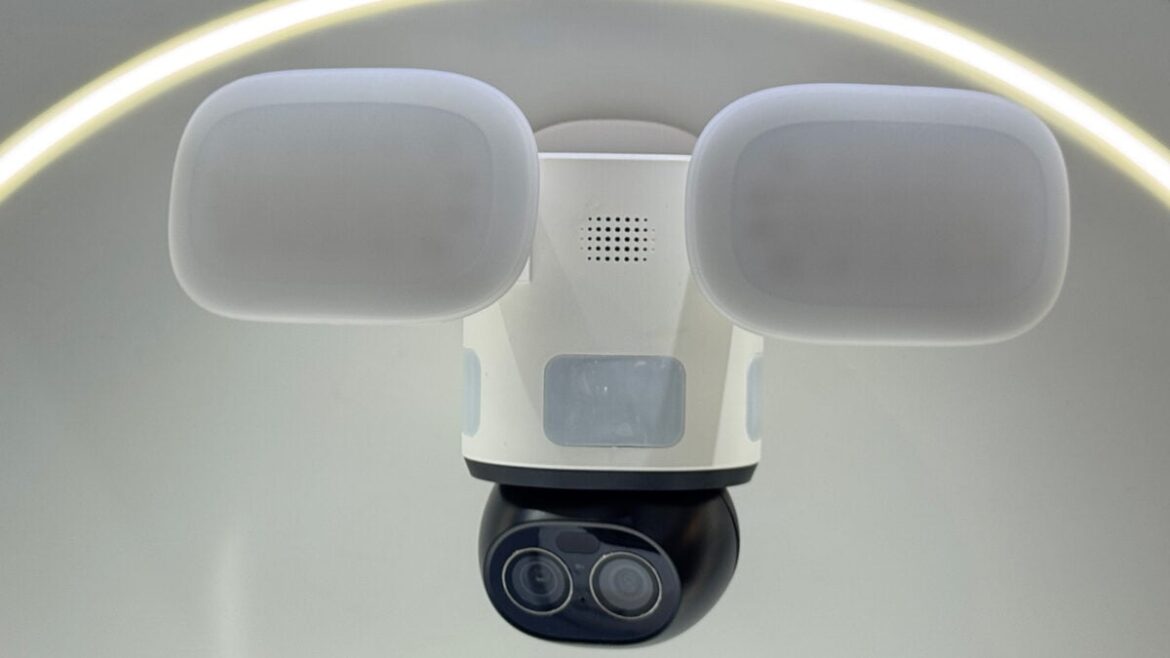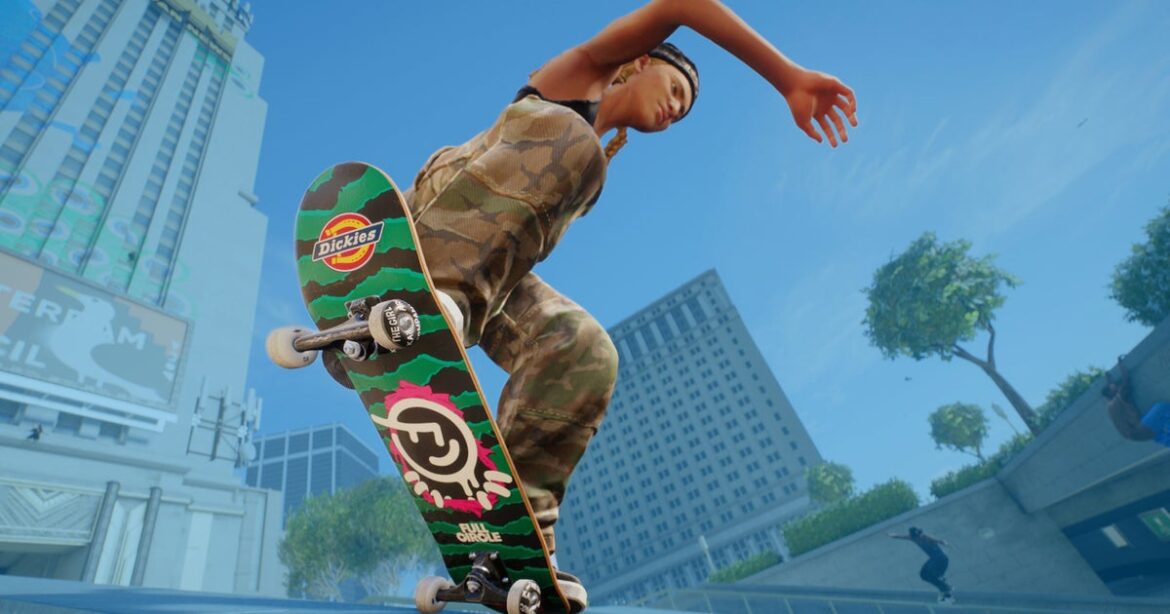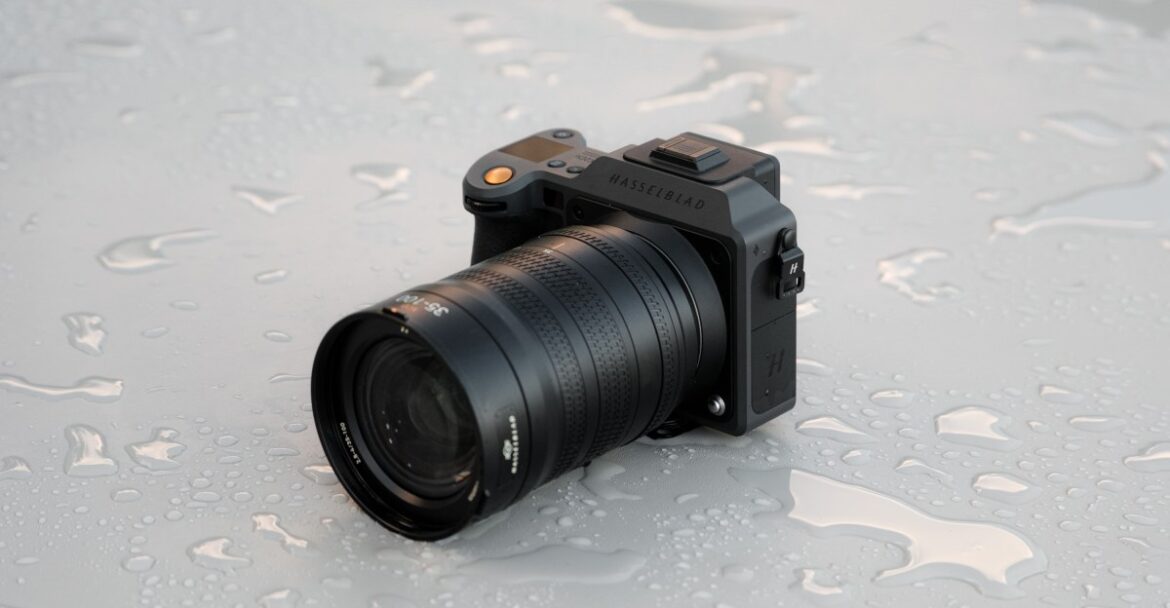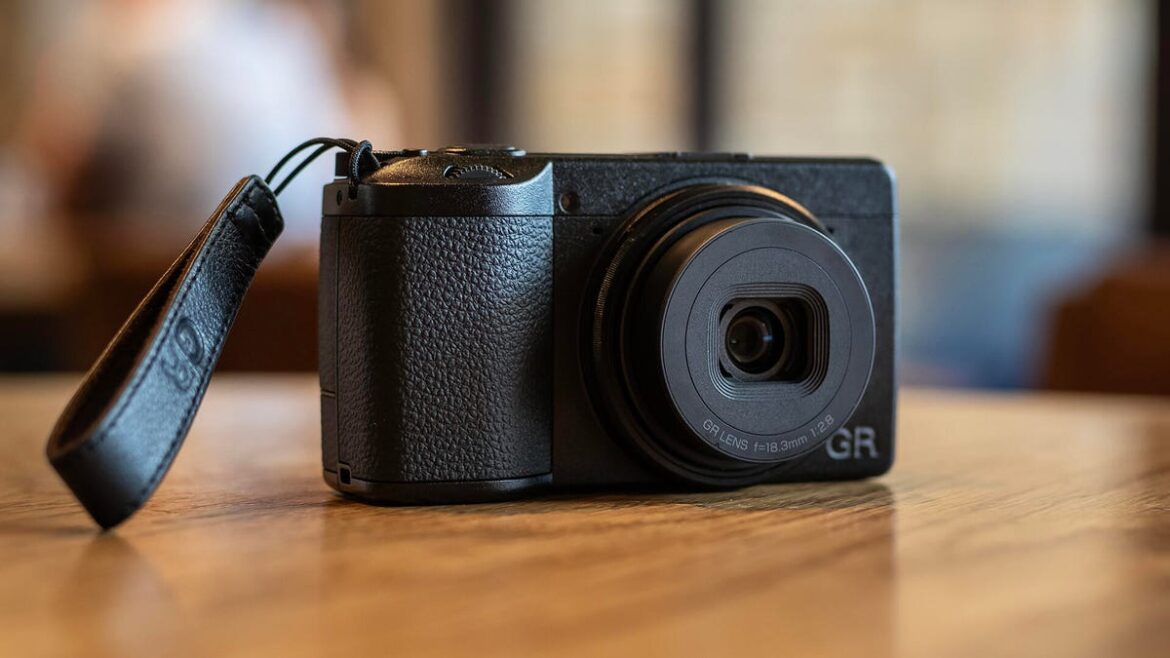Why you can trust TechRadar
We spend hours testing every product or service we review, so you can be sure you’re buying the best. Find out more about how we test.
Nintendo Switch 2 Camera: Review
If you’re looking to make the most of GameChat for online multiplayer, the Nintendo Switch 2 Camera is a decent way to go about it. Its basic design may lack the charm of the Hori Piranha Plant Camera, but rest assured that the official Switch 2 Camera is a significantly better product, even if I wouldn’t classify it as one of the best webcams out there.
I’m a believer that contemporary webcams should be aiming for at least 720p picture quality, with 1080p being the ideal. The Switch 2 Camera clears Hori’s product on this front, boasting 1080p picture quality over the Piranha Plant’s disappointing 480p. As a result, your face will come through crisply on GameChat, as well as on PC for work meetings or chats with friends.
Price will definitely be a bit of a sticking point, though. At $54.99 / £49.99 / AU$, it costs less than the Hori Piranha Plant Camera in the US, but a good deal more than it does in the UK. You’re basically paying for the official branding here, really, especially as you can pick up 720p and 1080p webcams that perform just as well for much less.
(Image credit: Future)
While the Switch 2 Camera can be used when you’re playing in handheld mode, its rigid design (not to mention the lack of a clip or mount) makes it best suited for when your console is docked. The tall stem upon which the camera sits is likely the way it is for this reason, so it can still reasonably capture your face while you sit back on the couch.
- Nintendo Switch 2 Camera at Amazon for $17.99
It’s likely also designed to support its wide field of view, which is around 110 degrees. That’s a good deal more than most PC webcams, but it does make sense given Nintendo’s family-friendly approach. If you have a few folk sitting in the room while playing with GameChat, that wider viewing angle does a decent job of capturing everyone in the same frame.
You can also adjust the vertical angle of the camera itself by a total of around 30-40 degrees or so. That’s fairly acceptable when you take into account its otherwise unmoving design. And when you want to hide yourself, a privacy shutter is included via a circular dial around the camera. You can also manually turn off the camera feed in GameChat’s settings by hitting your controller’s ‘C’ button during play.
(Image credit: Future)
As for performance, the camera’s 1080p output is decent, if a little soft around the edges. While you’re using GameChat, the Switch 2 attempts to crop you out of the background and place you onto a blank one that takes on the color of your profile picture. That’s a nice touch, and also means you don’t have to fiddle around with blur settings.
One major problem I had, though, had to do with the space between myself and the blank background. I have a blank wall behind me in my office space, and the surroundings were still noticeably fuzzy. I also had moments during a Mario Kart World play session where I appeared to phase in and out of existence on the screen, so it’s not a perfect implementation by any means. To be fair, your mileage may vary here depending on your background and lighting conditions.
Thankfully, the Nintendo Switch 2 Camera is blissfully simple to set up. Being an officially licensed product, simply plugging it into the console via USB-C caused it to be registered immediately. That was the same case on PC, too, when using it as a webcam. There’s no fussing with drivers or installs. Just plug it in and you’re good to go. It also works with a USB-A adapter on both Switch 2 and PC, if you prefer that.
(Image credit: Future)
Nintendo Switch 2 Camera: Price & Specs
Swipe to scroll horizontally
Price
$54.99 / £49.99 / AU$69.95
Resolution
1080p at 30fps
Field of view
Around 110 degrees
Dimensions
6.3 x 2.5 x 1.5in x 160 x 64 x 38mm
Weight
0.3lbs / 136g
Compatibility
Nintendo Switch 2, PC, MacOS
Should you buy the Nintendo Switch 2 Camera?
(Image credit: Future)
Buy it if…
Don’t buy it if…
Nintendo Switch 2 Camera: Also consider
How I tested the Nintendo Switch 2 Camera
- Tested for one month
- Used for Switch 2 GameChat multiplayer and as an office webcam
- Largely tested with Mario Kart World and chat apps like Discord
I’ve been using the Nintendo Switch 2 Camera for a little over a month now, as both a Nintendo Switch 2 GameChat device and as a webcam for work and social gaming sessions over Discord. On Switch 2, I primarily played in docked mode while using the camera with an AOC Gaming 24G2SP 1080p gaming monitor.
While gaming, I tested the camera’s functionality with sessions of Mario Kart World with my TechRadar Gaming colleague Dash Wood. While here, I also made sure to test out GameChat’s various settings, including screen size and in-game face capture options.
- Read more about how we test
- First reviewed: October 2025
Nintendo Switch 2 Camera: Price Comparison

